Saving seeds from your garden is not only a cost-effective way to grow plants but also a rewarding experience that allows you to preserve your favorite varieties year after year. Whether you’re a seasoned gardener or just starting out, learning how to harvest and store seeds properly is essential for successful seed-saving. In this comprehensive guide, we’ll walk you through the steps to harvest and store seeds for next season, ensuring you have a bountiful garden year after year.
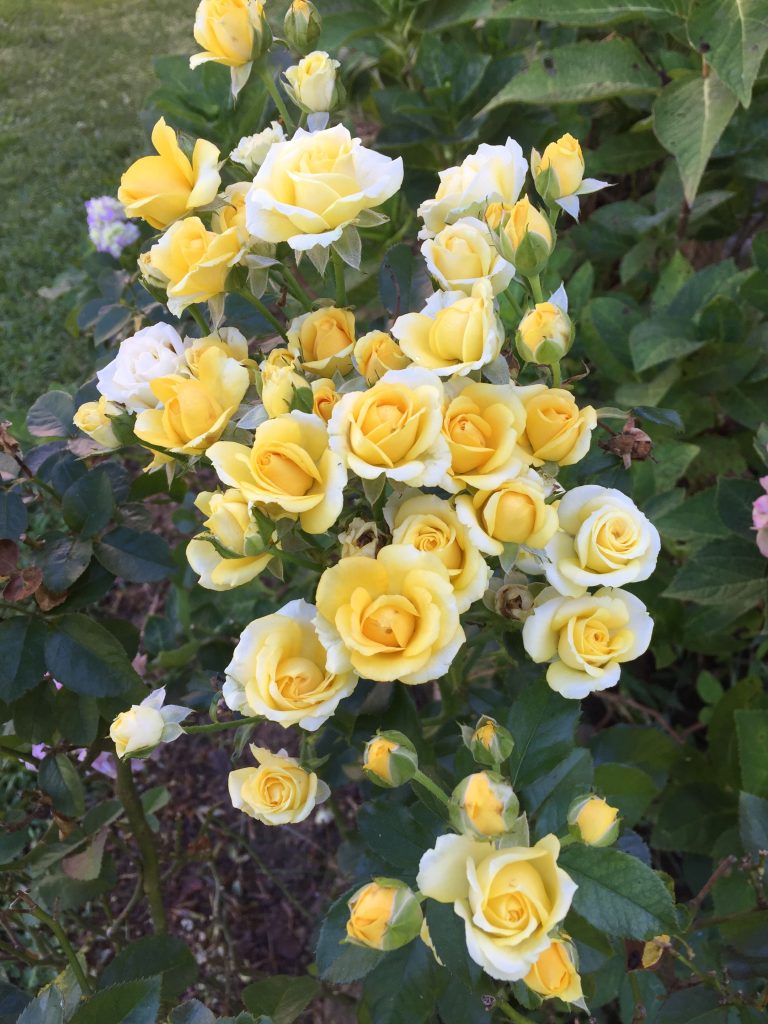
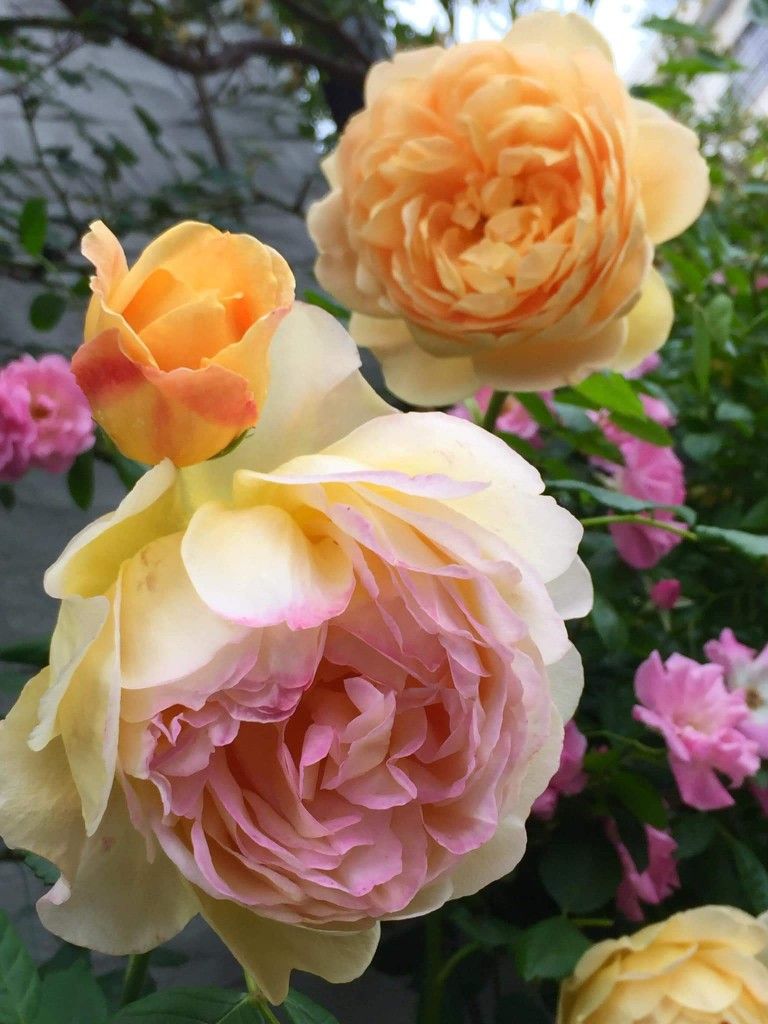
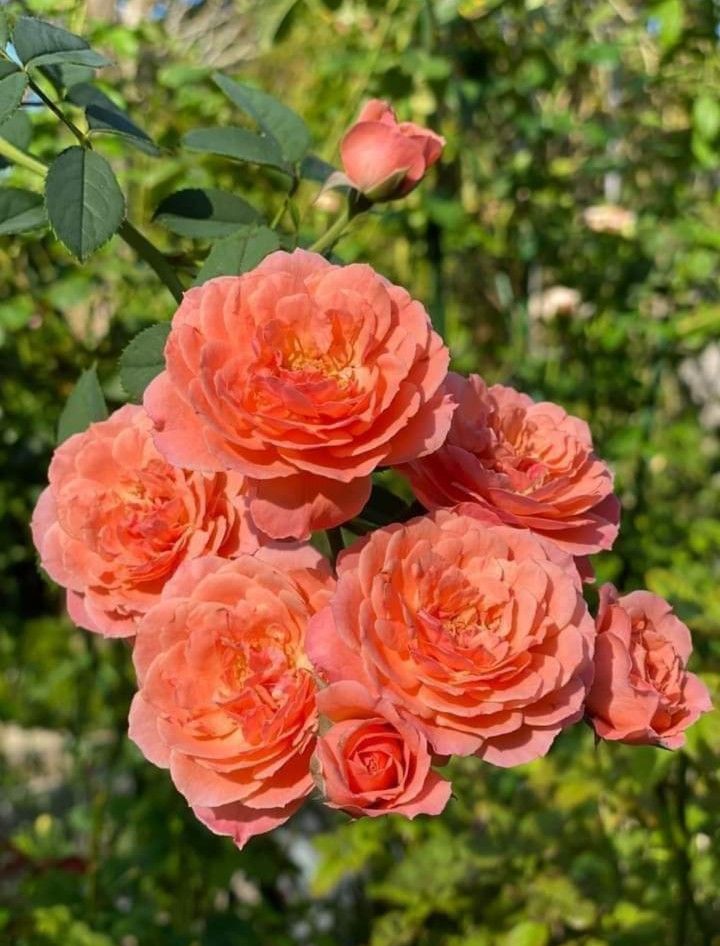
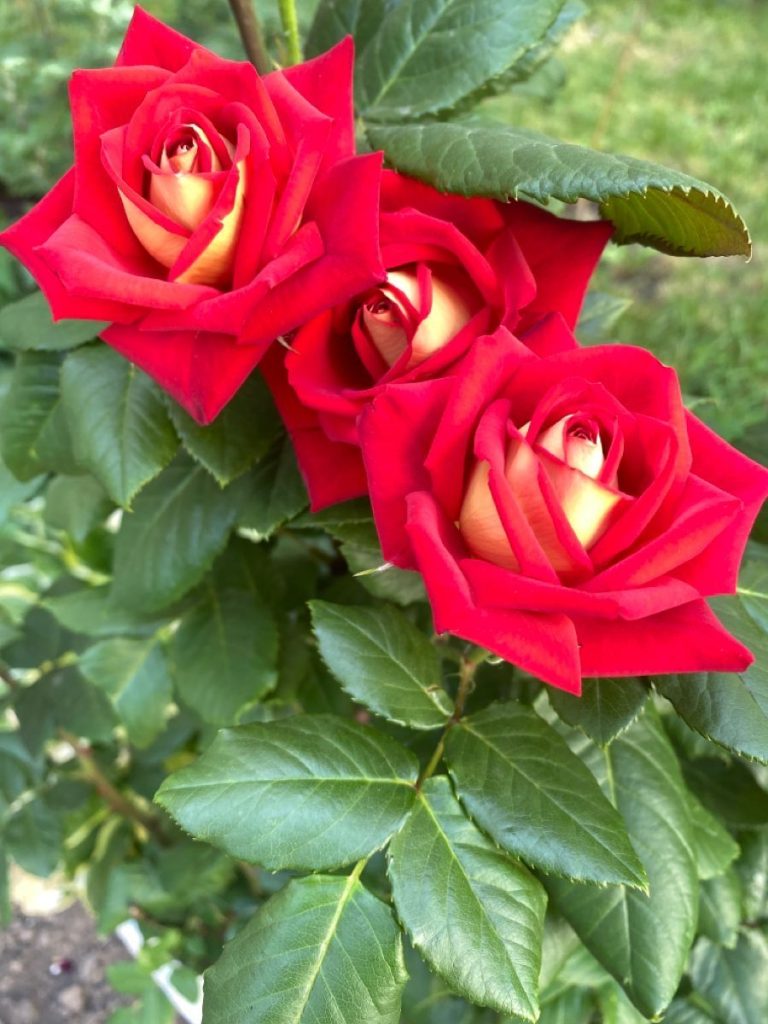
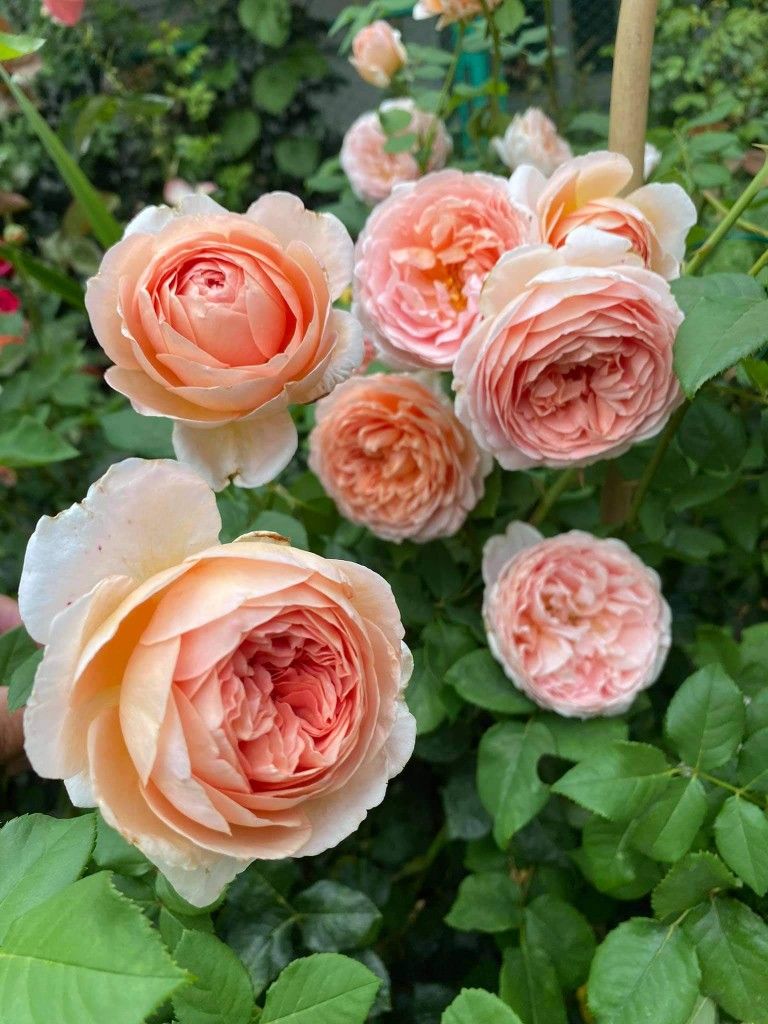
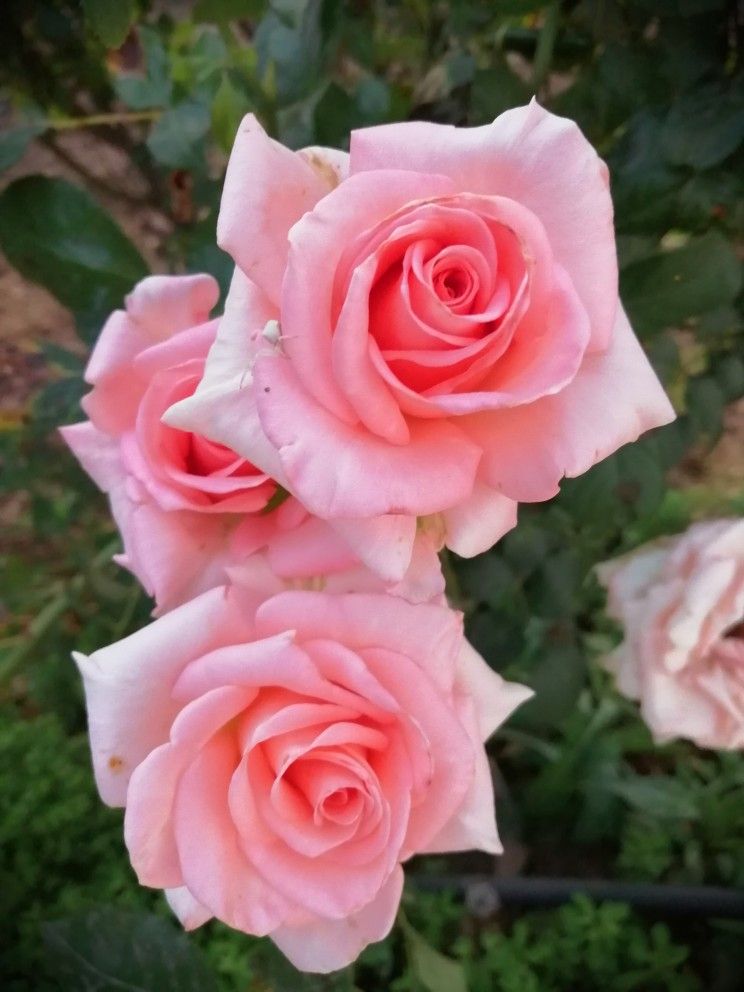
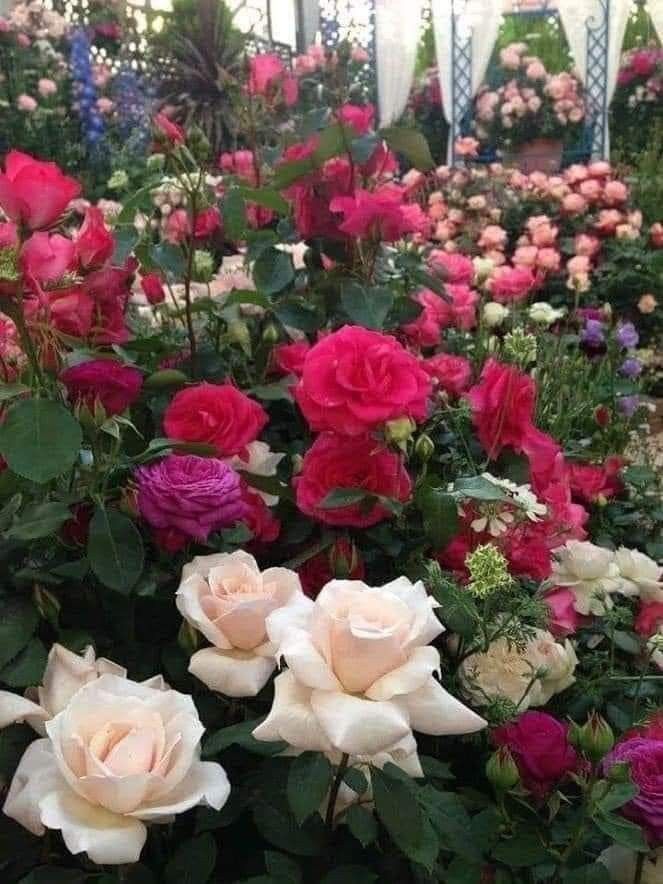
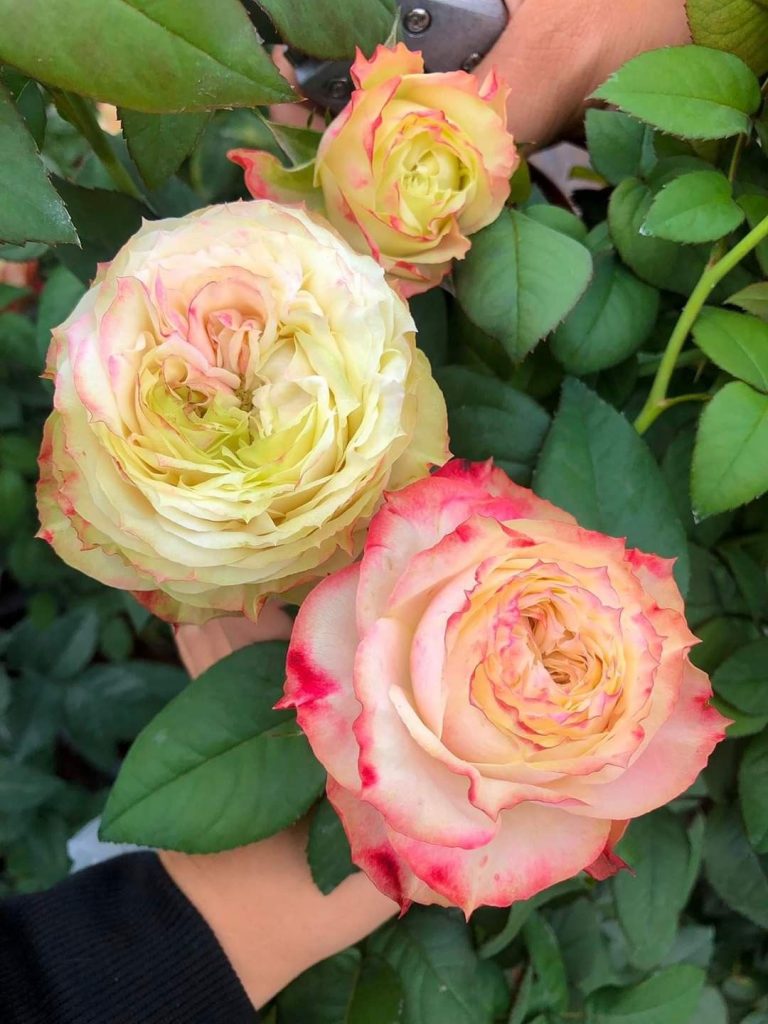
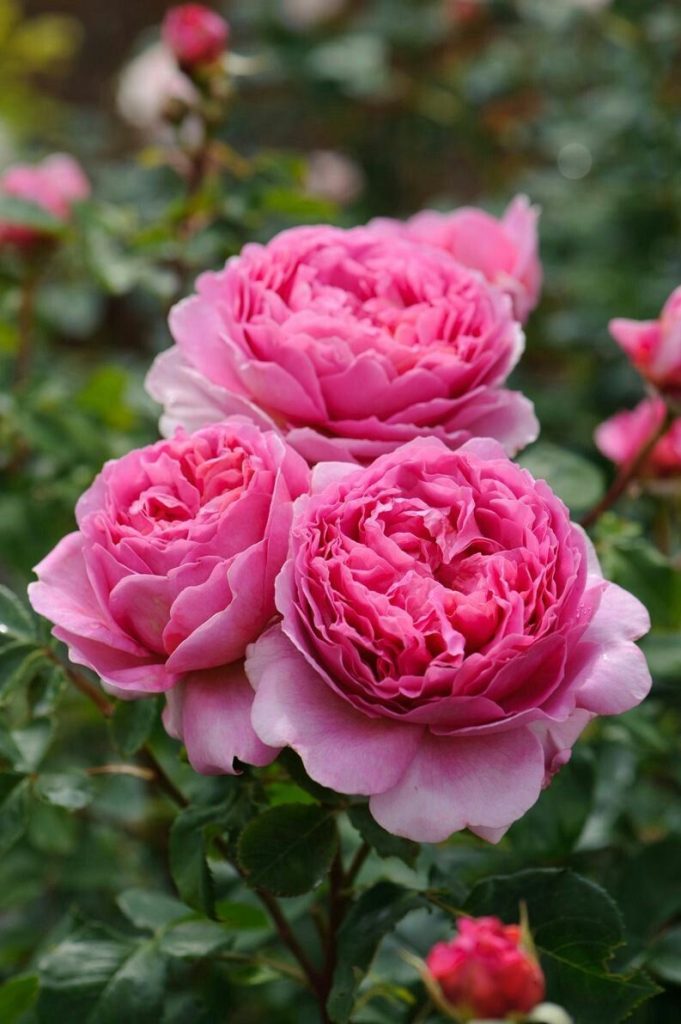
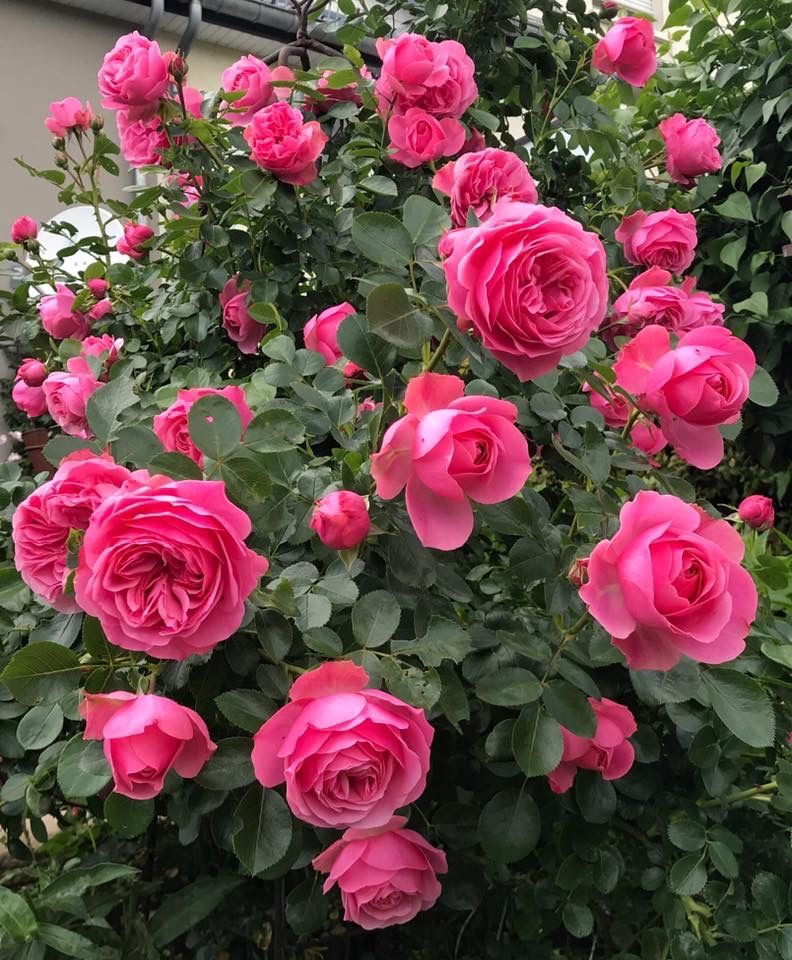
Why Save Seeds?
Tip: Saving seeds allows you to preserve the characteristics of your favorite plants, ensuring you have a consistent and reliable source of seeds for future planting. It also promotes biodiversity, as you can share or trade seeds with other gardeners, preserving heirloom varieties and unique plant traits.
Choosing Which Seeds to Save
Tip: Start by selecting seeds from healthy, vigorous plants that exhibit the traits you desire, such as flavor, color, or disease resistance. Avoid saving seeds from hybrid plants, as they may not produce offspring with the same characteristics as the parent plant.
Harvesting Seeds
Timing
Tip: Harvest seeds when they are fully mature and dry on the plant. For example, seeds from tomatoes, peppers, and beans should be harvested when the fruit is fully ripe and the seeds are hard and dry.
Methods
Tip: Different plants require different harvesting methods. For seeds enclosed in pods or husks, like peas or beans, allow the pods to dry on the plant before harvesting. For seeds from fruits like tomatoes or cucumbers, scoop out the seeds and allow them to ferment for a few days before rinsing and drying.
Cleaning Seeds
Tip: Once harvested, remove any debris or plant material from the seeds by sifting them through a fine mesh sieve or using a strainer. Rinse seeds if necessary and spread them out on a paper towel to dry thoroughly.
Storing Seeds
Containers
Tip: Store seeds in airtight containers, such as glass jars or resealable plastic bags, to protect them from moisture and pests. Label each container with the seed variety and date of harvest for easy identification.
Location
Tip: Store seeds in a cool, dry place away from direct sunlight, such as a pantry or basement. Avoid storing seeds in areas with fluctuating temperatures or high humidity, as this can reduce their viability over time.
Shelf Life
Tip: Properly stored seeds can remain viable for several years, but it’s best to use them within 1-3 years for optimal germination rates. Periodically check stored seeds for signs of mold or decay and discard any that appear damaged or discolored.
Testing Seed Viability
Tip: Before planting saved seeds, it’s a good idea to perform a seed viability test to ensure they will germinate. Simply place a few seeds on a damp paper towel, place it in a plastic bag, and check for germination after a week or two.
Conclusion
Harvesting and storing seeds for next season is a simple yet rewarding practice that allows you to preserve the plants you love and enjoy a bountiful garden year after year. By following these guidelines for selecting, harvesting, cleaning, and storing seeds, you can ensure you have a reliable source of seeds for future planting and continue to enjoy the beauty and bounty of your garden for seasons to come.
So, grab your gardening gloves and start saving seeds from your favorite plants today! With a little care and attention to detail, you can master the art of seed-saving and take your gardening skills to the next level, preserving the legacy of your garden one seed at a time.